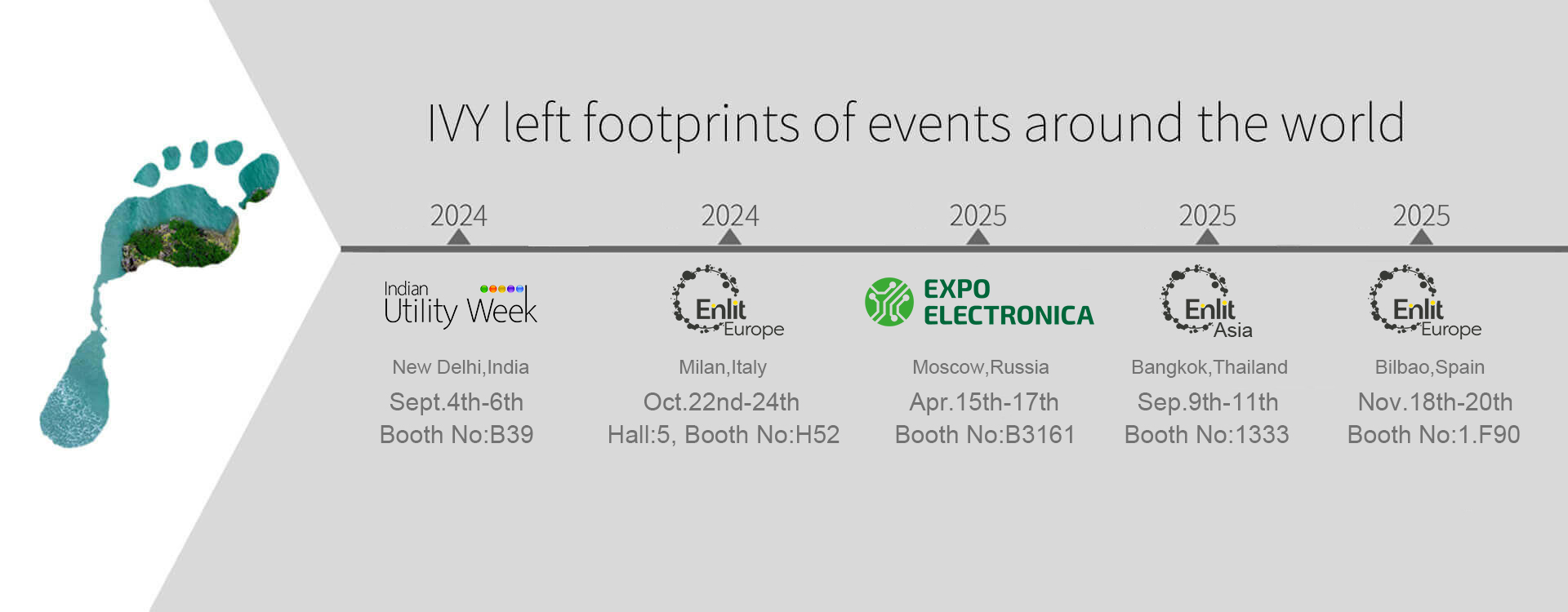New Energy EV Charger Components from IVY
With the rapid popularization of new energy vehicles, charging piles are gradually developing in the direction of high-power DC fast charging, unified core component standards and multi-network integration, and the pace of construction is rapidly increasing,the safety regulations for electric vehicle charging are becoming more and more stringent.In this context, charging equipment accessories such as charging guns and charging modules are bound to usher in technological upgrades, and there is still huge room for growth in the charging pile industry in the future. For equipment safety, personal safety, and power safety, some charging pile accessories are indispensable. As an expert in the field of new energy, IVY has launched several charging pile accessories that have received a huge response in the market.
As we all know, there are four modes of electric vehicle charging. On the above, a protection box (IC-CPD) is equipped on the charging cable, which can display and protect when fault current is generated; mode three is to charge by AC charging pile; mode four is to charge by DC charging pile. In order to ensure the safety of the charging process, many automakers, especially foreign automakers and domestic joint venture automakers, require protection against DC 6mA leakage according to the standard IEC 62752-2016. The traditional leakage detection technology cannot achieve the detection of DC 6mA. IY's MD series leakage sensor can meet this requirement, and can detect various other possible complex waveform leakage (Type B leakage) leakage current sensor as IC-CPD The most important key components to realize the function of leakage protection play a vital role in the protection of human body during the charging process. And our leakage current sensor can set the leakage current in direct current and alternating current applications, and generate an alarm signal when the set current is reached, and can output a switch control signal. At the same time, it has a digital output function, which can read the current value of DC and AC. At present, it is common in the market to simultaneously monitor or output an alarm signal for a single AC or DC leakage current, which plays an important role in the observation of the entire system.
There are two standards for the automobile charging pile industry, the national standard 16A and the national standard 32A. The current size is different, and the rated current of the selected relay will be different. The car charging pile has slow charging and fast charging. The cost of slow charging is lower than fast charging, slow charging The relay is used for fast charging, and the high-voltage contactor is used for fast charging. It works up to 7kv and consumes high power at the same time. Now the main advantage is slow charging. The slow charging 16A standard generally uses 40A current relays. Our IM-NE801 two sets of 32A, 40A power relays just meet this requirement. It has a contact spacing of 3mm, and the isolation withstand voltage is as high as 4kV, which improves the arc resistance of the contacts and prolongs the service life of the relay. In addition, it has passed UL certification and meets IEC standards.
EM613001 DC energy meter is designed for applications such as DC screens, solar power supply, telecom base stations, charging piles, etc. This series of meters can measure the voltage, current, power, forward and reverse energy in the DC system. It can not only be used for local display, but also can be connected with industrial control equipment and computers to form a measurement and control system. At the same time, it has a variety of peripheral interface functions for users to choose: with RS-485 communication interface, using Modbus-RTU protocol; with relay alarm output, switch input/output.
All in all, charging pile accessories are an indispensable part of charging piles. If you want to learn more about the safety of charging piles and more knowledge about charging pile accessories, please visit the website of IVY: https://www.ivy-metering.com/
 Next: DC meter
Next: DC meter











